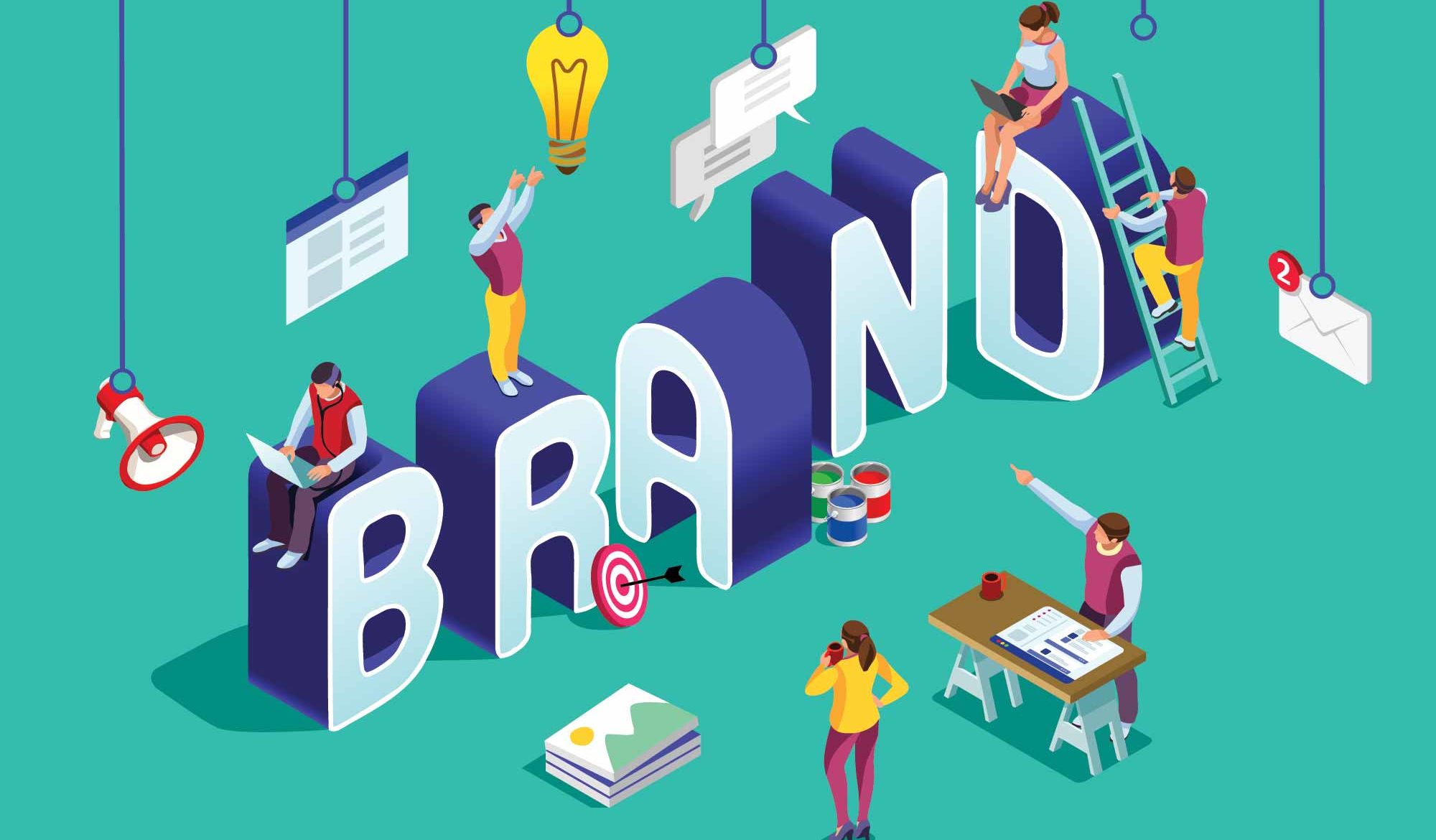 When it comes to branding, Manrina Rhode explains why making an emotional connection with your target audience can help you stand out from the crowd.
When it comes to branding, Manrina Rhode explains why making an emotional connection with your target audience can help you stand out from the crowd.
I am a dental surgeon, working predominantly in cosmetic dentistry and facial aesthetics. Around 15 years ago, I was the dentist at Harrods and Harvey Nichols department stores and I was starting to think about creating my own product line.
Sometime later, I launched my Instagram account – @drmanrinarhode – and felt driven to make that a success. I started thinking about launching Designing Smiles, a UK-based smile makeover course, a few years after that.
After I graduated back in 2002, I went to the States and completed most of my postgraduate education. It was after this that I knew I wanted to create a course I would like to take, based in the UK.
To make all these aspirations successful, I realised that I had to create a brand. It took me a while, but this past year I have finally put all these plans into action.
Emotional connection
When I take on a project, I take it on with intensity. That’s how I approached learning about branding. I therefore started researching textbooks about branding, listening to podcasts, watching TED Talks and Youtube videos. I also made friends with branding experts and would pick their brains to understand what creating a brand meant. Eventually, I hired a branding company to make my vision a reality. But not before I had in mind what that vision was.
A brand is an emotional connection with its target audience.
Consequently, here is some of what I learnt about how to work out what your brand’s message is:
- People do business with those with similar beliefs and values. Creating a brand is about working out what you believe and then sharing that message. I was repeatedly advised by branding experts to watch ‘Start With Why – how great leaders inspire action’, a TED Talk by Simon Sinek, on Youtube. Watch this
- Write down five emotive, descriptive words to describe your brand. Out of these words, choose one that is most authentic to your brand. Complete this sentence: ‘When you think of my brand, you will feel…’ Everything about your brand, every picture, every post should create this feeling
- Your logo is a creative expression of the ‘brand promise’. The use of fonts, symbols, colours, and design all work together. It also creates loyalty and recognition; it distinguishes from competitors and shows your identity. Therefore look at fonts or typography that you associate with your brand
- Think about your brand strapline
- Consider brand colours. Colours connect the brand emotionally and also subconsciously with a desired audience. In a study called ‘Impact of Color in Marketing’, researchers found that up to 90% of snap judgements about products we base on colour alone (depending on the product)
- Brand signature is a distinctive pattern, product or characteristic by which someone or something can be identified (just think of Christian Louboutin’s red-soled shoes or the bite out of the Apple logo). Think about what this would be for you. What distinguishing feature or personality trait do you possess that is your brand signature?
The meaning of colours
- Red – vibrant, effervescent, energised. Example: Coca-Cola
- Orange – optimism, warmth and joy. Example: GSK
- Green – health and relaxation. Example: Tropicana
- Blue – non-threatening yet instilling confidence. Many American companies use it because they view it as patriotic. Example: Facebook
- Purple – nobility, luxury. Example: Cadbury
- Black and white – elegance, elitism, wealth. Example: Chanel.
Express yourself
A brand is the expression of the individual or company. To market your brand, you must first create it – and you can’t create a brand without understanding the message behind it.
This issue we’ve explored your why, how your brand makes people feel, your logo, strapline, colours and signature to create an emotional connection with the desired audience.
Next time we will look at problem solving, evidence, competitors and perception.
This article first ran in Dentistry magazine. You can read the latest issue of Dentistry magazine here.
Follow Dentistry.co.uk on Instagram to keep up with all the latest dental news and trends.


